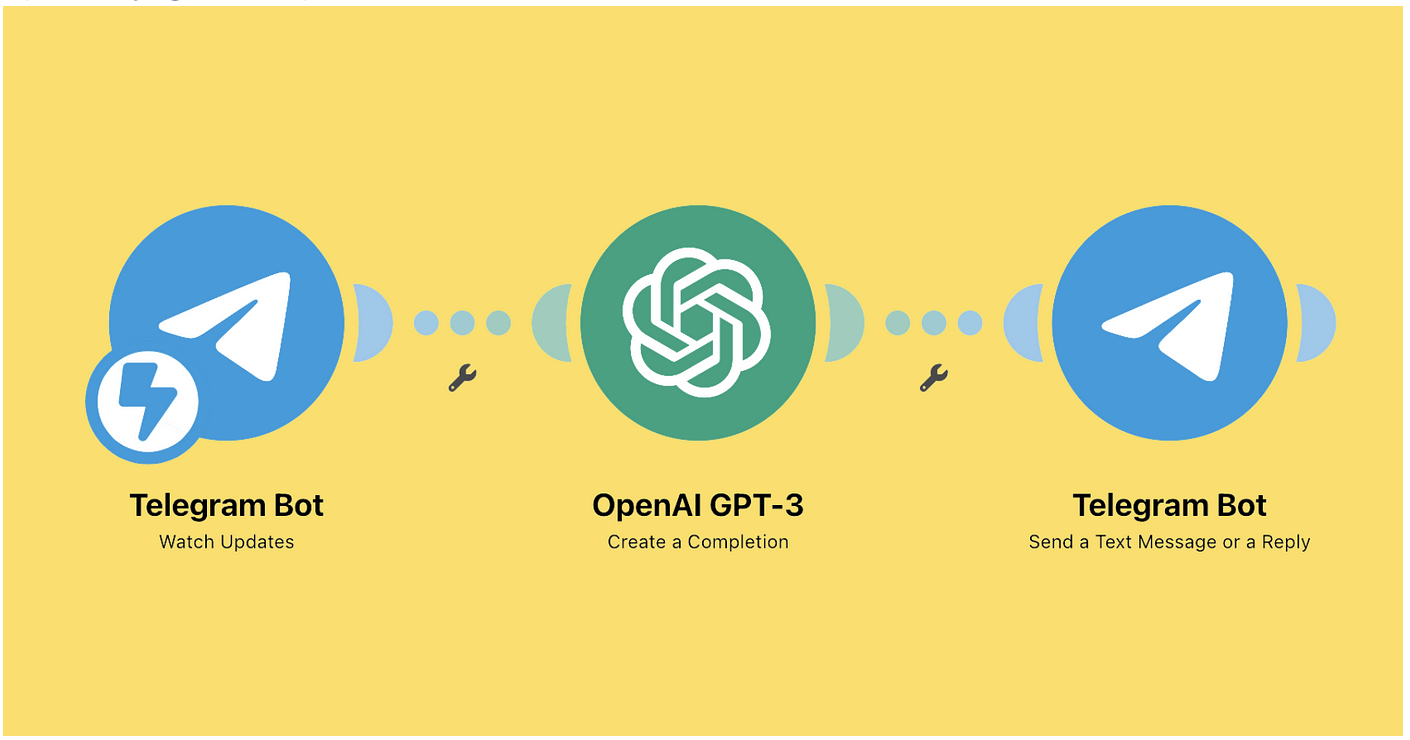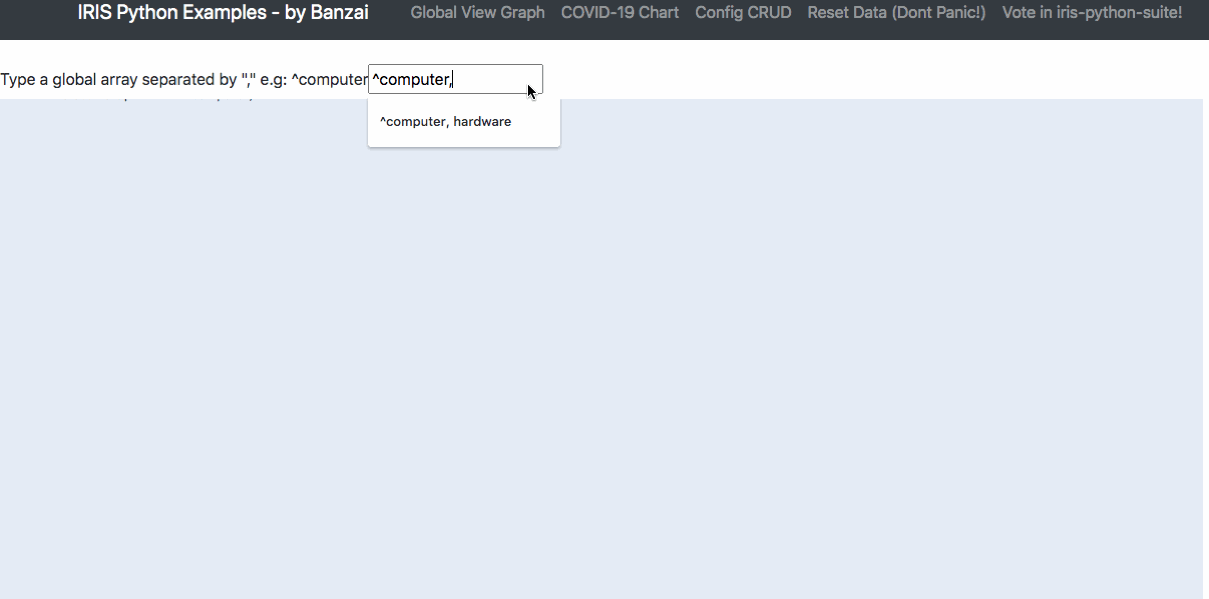As an example of an application on Java working with Hibernate dialect for IRIS, wanted to use RealWorld application, and found realization for Quarkus. RealWorld application is an example of an application close to some real one, with already prepared tests for the backend. Most of the examples of realizations can be found here

The RealWorld example application is often referred to as the "Wikipedia for building full-stack applications." It serves as a standardized prototype that developers can use to create applications using various programming languages and frameworks. The application provides a real-world use case by mimicking a blogging platform, complete with features like user authentication, profile management, article posting, and comments. With a comprehensive set of specifications, including ready-made backend API documentation and frontend designs, it allows developers to see how the same functional requirements are implemented across different technology stacks. The RealWorld example is widely used as a learning tool and a benchmark for comparing various technologies.
Quarkus
Quarkus is an open-source, Kubernetes-native Java framework tailored for the GraalVM and HotSpot. Created with the aim to enhance the modern cloud-native environment, it significantly reduces the footprint and startup time of Java applications. Quarkus is known for its "container-first" philosophy, allowing developers to build lightweight, high-performing applications with a focus on microservices architecture. This flexibility has made it a popular choice for organizations looking to transition into serverless or cloud-based platforms, combining both imperative and reactive programming models. Whether it's a traditional web application or a complex system of microservices, Quarkus provides a robust platform for building scalable and maintainable software.




 ).
).

.png)
